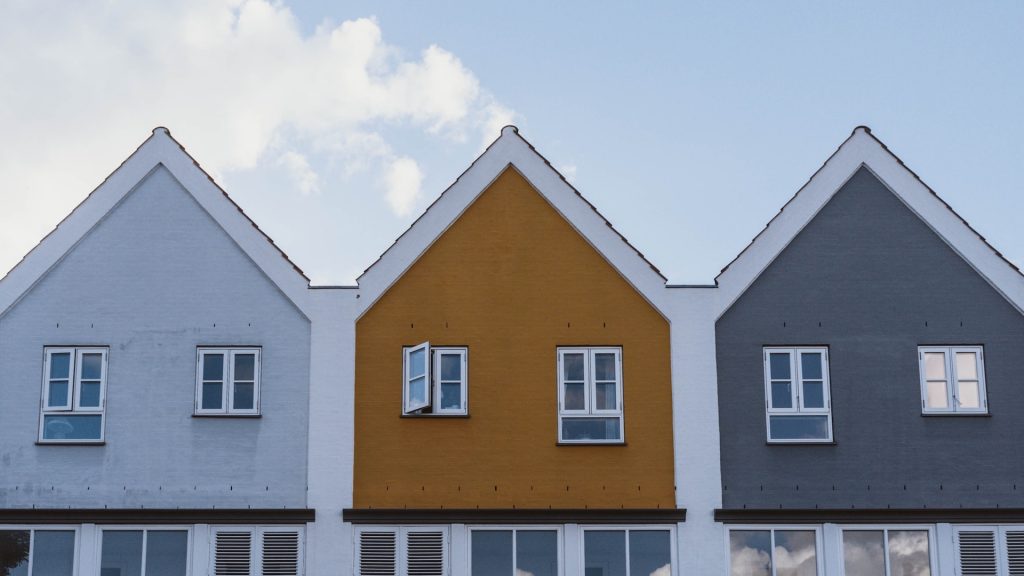Raising the Tide: The Importance of Attainable Housing
by Joel Newport on August 8, 2023
• 3 -minute read
Stable housing is the foundation of a strong community — the bedrock from which societal problems can be addressed and overcome. Before critical issues like food insecurity, education and early childhood education, transportation, employment, and health care can be solved, people need a stable place to live because in the list of basic needs and concerns, a roof over your head comes first.

“The world is a wheel. When we rise or fall, we do it together.”
— Cassandra Clare
— Cassandra Clare
I’ve interviewed people who’ve transitioned from unhoused to housed and asked them how it’s changed their lives. The prevailing sentiment is that if you don’t know where you’re going to lay your head at night or if you’ll be safe, your life is chaos — the future isn’t even a point for consideration. Being safe, warm, and protected allows you to get out of survival mode and consider what you need to do, how you can make your life better and how you’d like to live.
When people feel secure about their living situation, they have the capacity to think about and act on building a future and reaching their potential. They put roots down. They become involved in their community and take pride in being a productive member of society — it becomes part of their identity. Being part of a community is mutually beneficial — you stand with and for it and it takes care of you; you work to keep it safe and clean, and it gives you a place in the big, wide world where you belong.
There are many things that can be done to address the attainable housing crisis. Promoting neighborhoods of choice in which local leaders, residents and other stakeholders revitalize distressed public housing communities and catalyze transformational improvements is one. We can incentivize grocery stores to open locations in food deserts, schools to bring quality education to places that sorely lack it and banks to open branches in locations they’ve skimmed to create communities of opportunity. We can incorporate mixed-income residences into communities with established infrastructure.
There are barriers in the way of these opportunities. Many are unwilling to accept attainable housing in their neighborhood. “NIMBY” (not in my backyard) mentality is prevalent, and misconceptions abound — perpetuating misplaced fears about increased crime rates, lowered property values and neighborhood disruptions by “unsavory elements.” Despite conclusive data to the contrary, as well as evidence that attainable housing has far-reaching and positive impacts for communities, these fears remain one of the driving forces behind a severe national shortage of attainable housing.
The result is that many are left either homeless or living in areas of concentrated poverty — places that offer little in the way of opportunity and access to transportation, medical care, quality schools, grocery stores or environmental safety — where it’s hard to establish a sense of community. Economic disparity is one of the most divisive and isolating forces of the modern day. It separates people — reinforcing barriers that blind us to our similarities and depriving us of the ability to celebrate our differences.
The solution to this obstacle is, as with countless others, communication. By impressing the communitywide benefits of mixed-income housing upon residents who reject it, we can foster unity and a brighter future. Everyone has a stake in ensuring that housing is equitable and attainable — as the saying goes, “a rising tide lifts all ships” — even if they aren’t directly impacted by it. Just like public transit, we may not all ride the bus, but when all people can get to where they need and want to go, good things happen. Cities become safer, economies flourish, and society’s overall physical and mental health is increased.
If questioned, the vast majority of individuals would likely assert that access to a safe and stable home that you can afford is essential to quality of life and, beyond that, the standard of living that we want for our fellow humans. By opening the conversation — piercing through misconception with facts and highlighting the topic’s relevance to all people and prompting conversation — we can make authentic connections with our neighbors’ struggles and build support for attainable housing solutions that elevate us all.

Joel Newport
Activation Director and Partner
Ideator, writer, movie fanatic, family-focused
